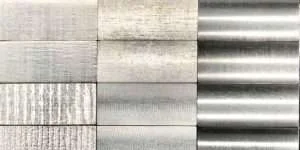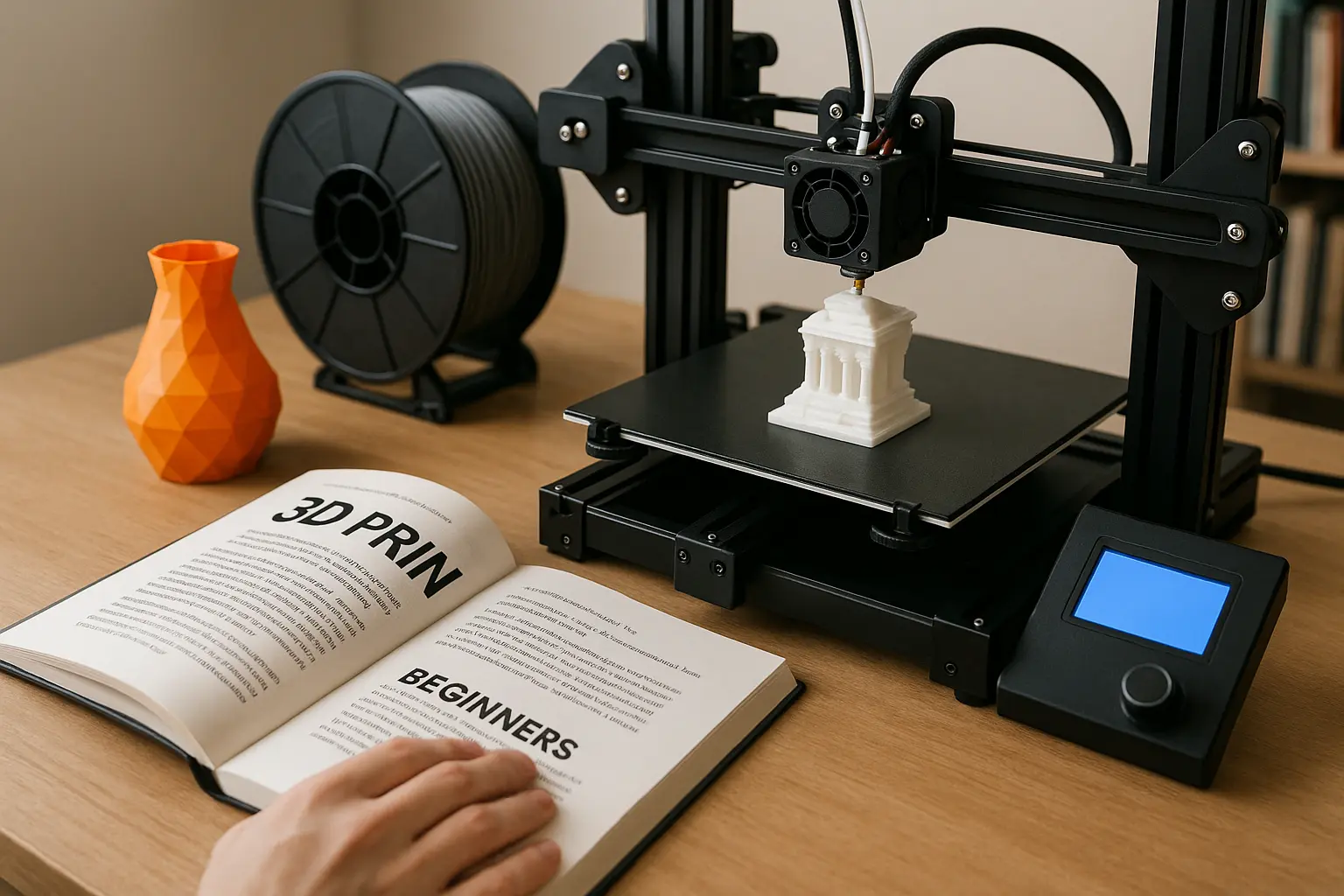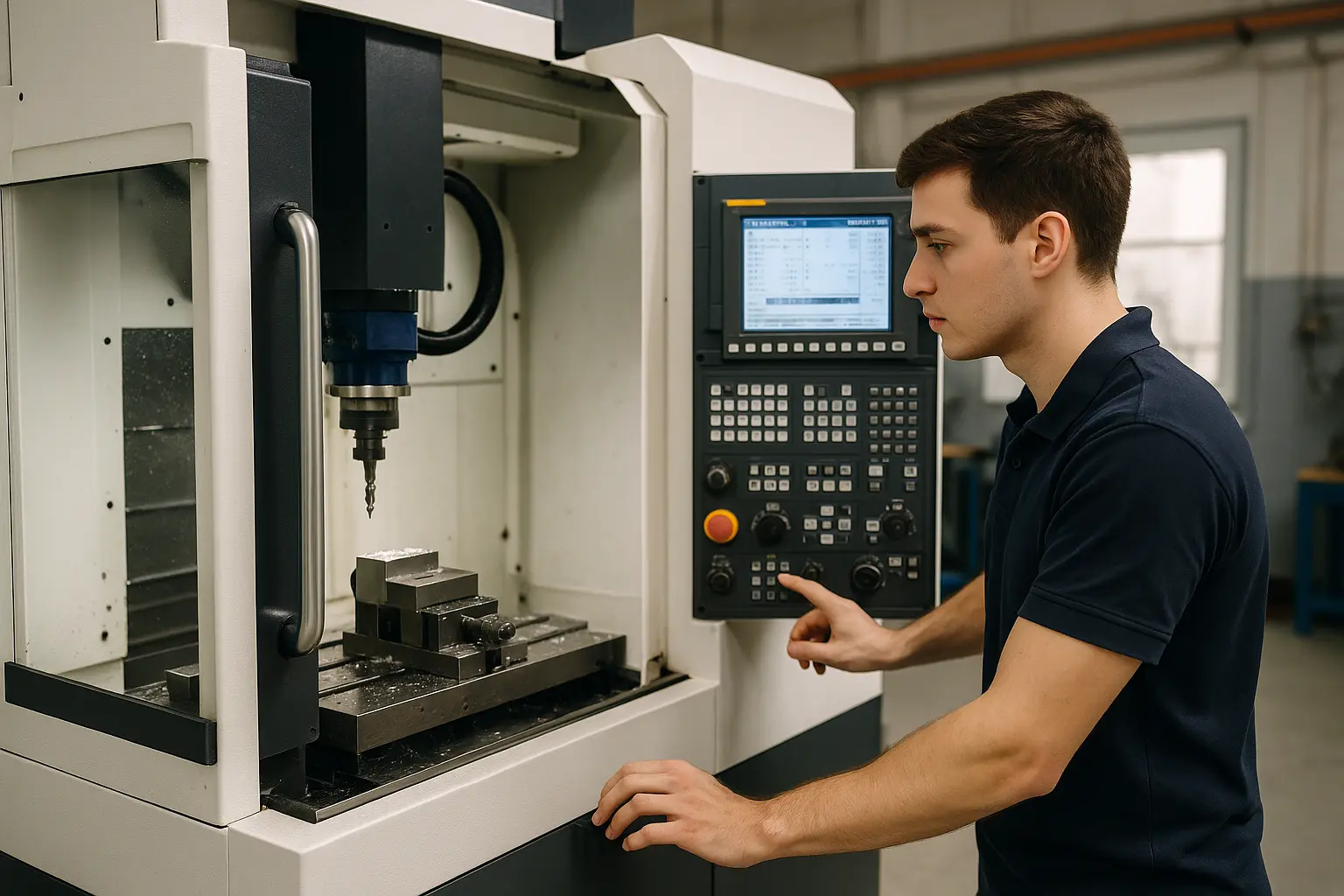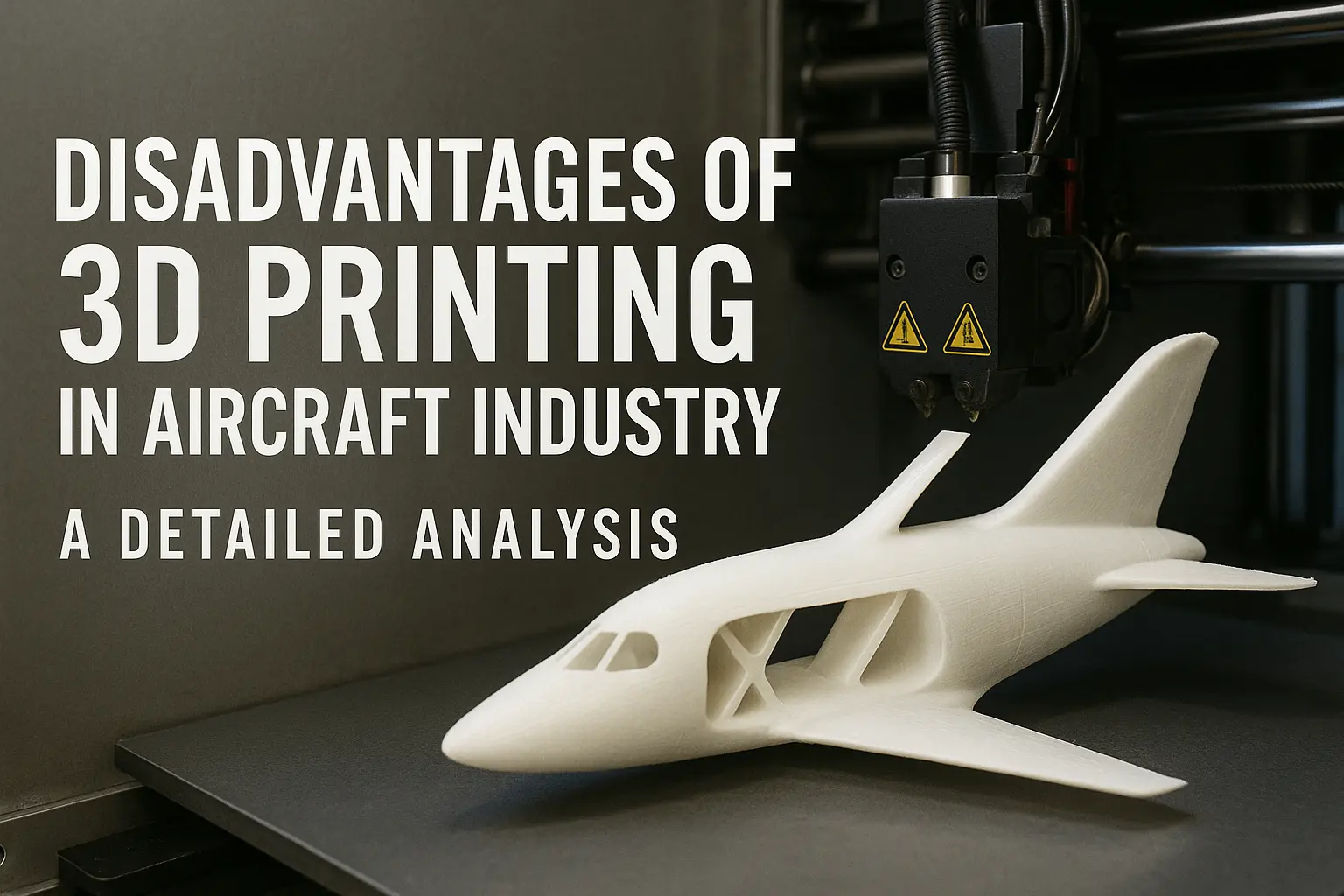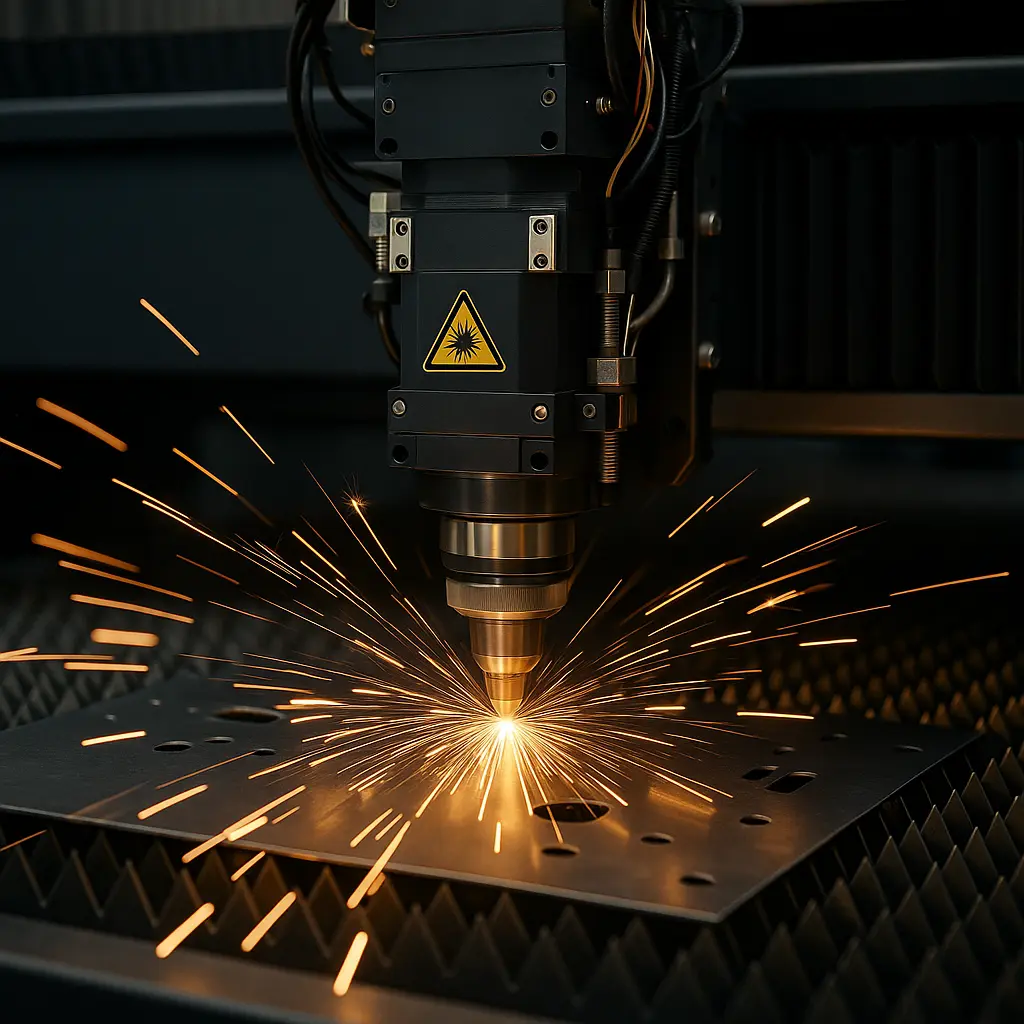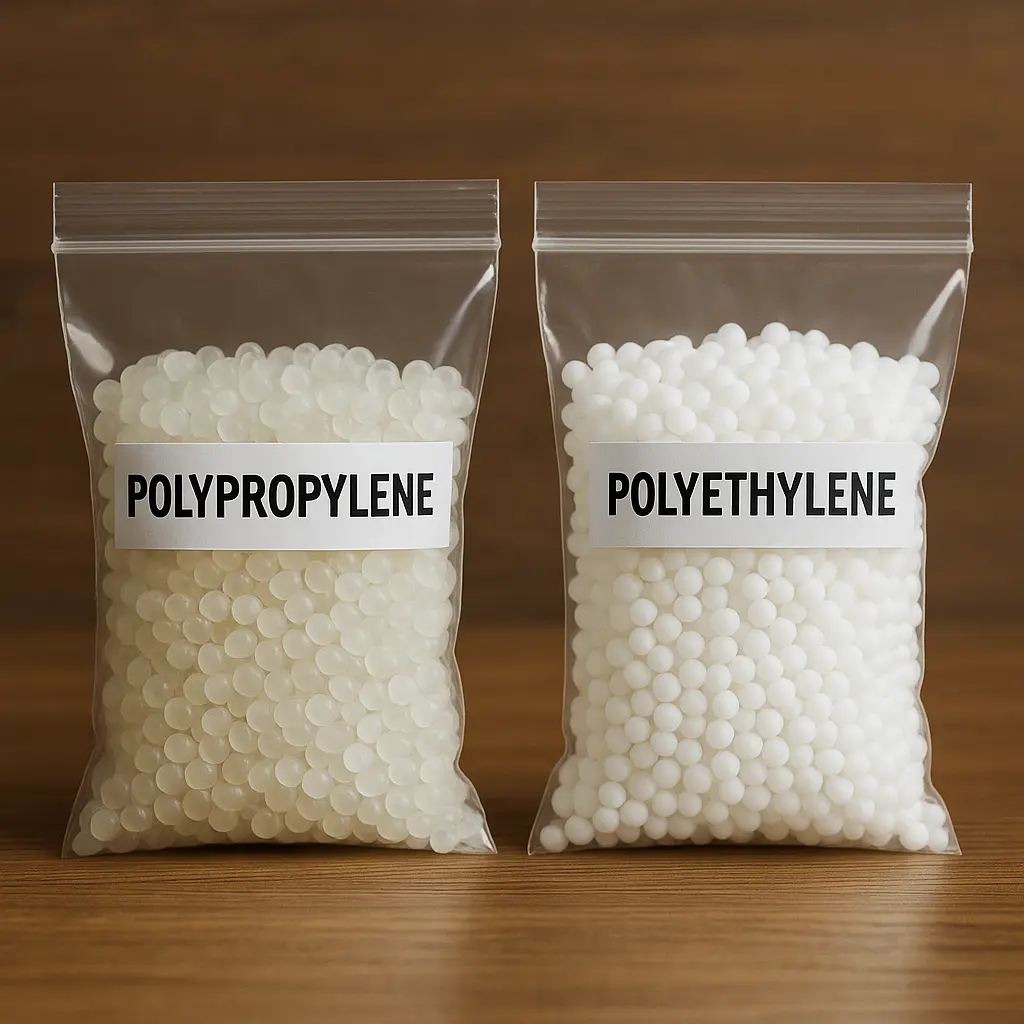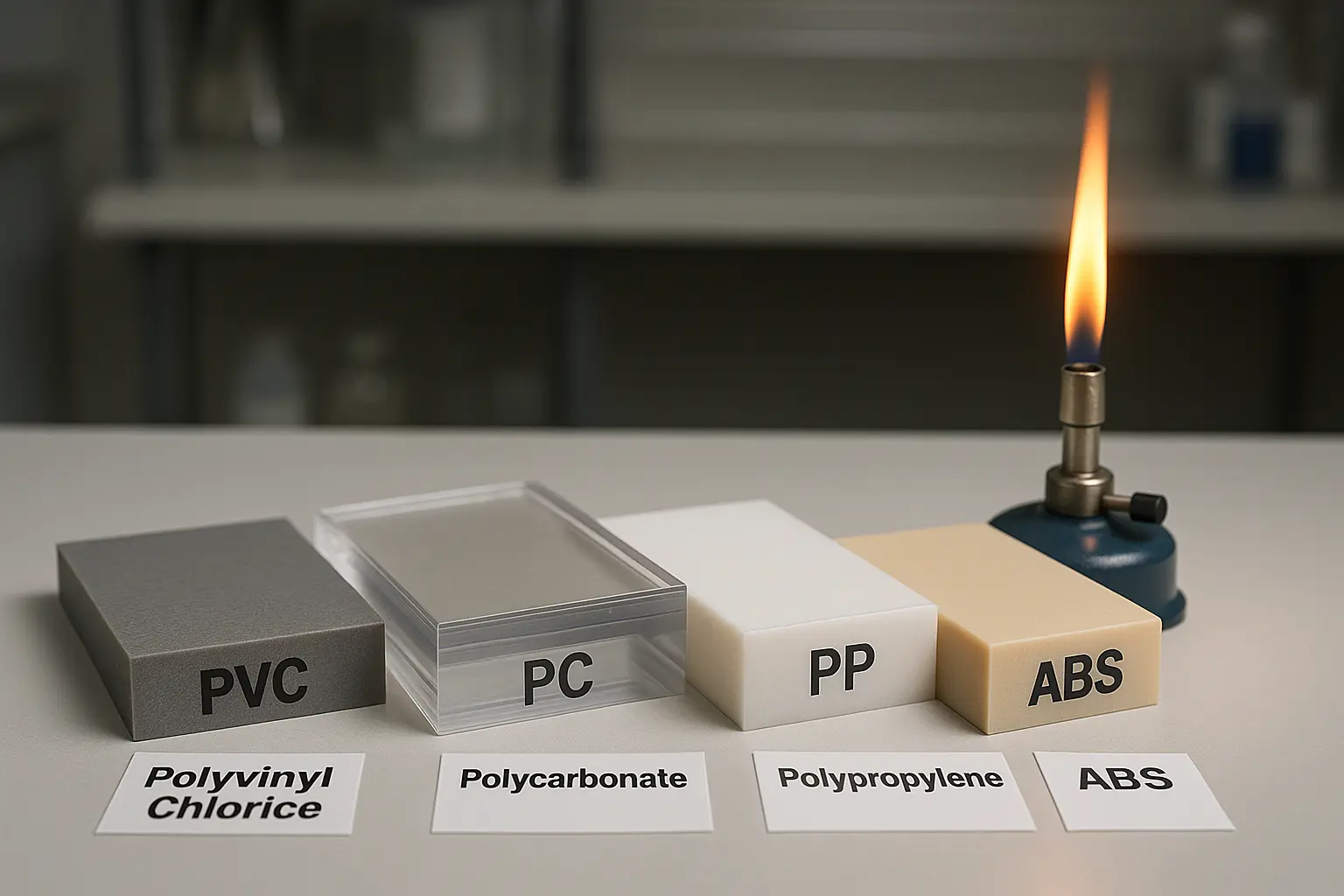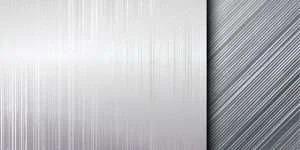Surface finishes define the final appearance of parts after machining. Aside from appearance, it also influences part strength, resistance to wear and tear, and functionality.
So, what are surface finish and roughness in detail? What are the factors that affect the surface finish? How can you measure the surface roughness? Keep reading as we provide you with answers and other important information about surface finishes and roughness.
What is Surface Finish and Roughness in Machining?
Surface finish involves altering a workpiece surface to improve its appearance, aesthetics, and functionality. The process entails removing or adding materials to the surface of the machined part. Several factors influence the type of surface finish ideal for a part, including the tool used in machining, machining parameters, and the material being machined.
Another factor determining the type of surface finish and roughness used on a part is the location it will be used. For instance, parts that form a seal, move against each other, or have to fit tightly together often get special surface finish considerations. Also, the machine is the determining factor, with 5-axis CNC machining producing better finishes than its counterparts.
3 Elements Make Up Surface Finish
Sometimes, the term surface finish is ambiguous, as it encompasses different elements. The elements that make up surface finish include:

Lay
Lay defines the dominating pattern and its orientation on the surface of a part. Lay is typically created during the manufacturing process. What’s more, Lay could be isotropic (non-directional), circular, crosshatched, radial, or parallel.
Waviness
Waviness defines the periodic variations in surface finish and roughness present on a part. This element often results from undercut machining flaws caused by chatter or deflection and warping from heat and cold. These periodic surface flaws are sufficiently small, brief, and regular, differentiating them from surface flaws.
A waviness profile is created based on the measurement over an evaluation length. The waviness profile includes no surface irregularities resulting from form variations, flatness, or roughness. The peak-to-peak spacing of the waves is known as the waviness spacing (Wsm), whereas the average or total waviness parameters determine the wave height.

Roughness
Also known as surface roughness, it refers to imperfections in surface geometry. Since surface finish and roughness is the feature of surface finish that is most frequently described, measured, and computed, many people use the term “Surface Finish” to refer to roughness.
Common Types of Surface Finishes
Surface finish is one of the most important aspects of CNC machining as it improves appearance and influences functionality. There are several types of surface finishes, but the common types include:

1. As Machined
As-machined parts are just off the production line and contain light tool marks, an average amount of surface abrasion, and a particular texture or completed appearance. According to the use case, a component’s average surface roughness (Ra) is the difference between its real and ideal machining surface roughness.
Leaving the surface of a CNC machined part “As machined” is quite beneficial, especially when achieving tight dimensional tolerance and consistency across multiple units.
However, on the downside, parts or products with this CNC machined surface finish and roughness often have visible tool marks on their surface. They are often exposed to environmental forces due to their distinct lack of protective coating.
2. Bead Blasting
Bead blasting is a surface finish and roughness method that uses a pressured air gun to blast components with tiny glass beads. This procedure primarily enhances aesthetics by producing a matte, satin, or light-textured finish. It’s a primary finish type that mechanically modifies the surface to change or erase machining marks by eliminating extra material, leaving a smooth surface in its wake.
The even and textured finish of bead blasting is a benefit. This machined surface finish and roughness has little impact on tolerances, but it can affect critical dimensions of the surface, which is why it is best not to cover key surface features.
3. Powder Coating
Powder coating is the method of applying powder by static electricity to the surface of components. The major difference between powder coating and spray painting is using dry powder rather than liquid. The powder used is uniformly adsorbed on the machined components’ surface before being baked into the pieces in the oven.
This produces a robust, wear- and corrosion-resistant coating that is more long-lasting than conventional spray coating techniques. Powder coatings are durable and highly environmentally friendly. It gives the surface a drip-free uniform surface finish and roughness, improving its mechanical strength, corrosion, and aging resistance.
4. Anodizing Surface
Anodization is a metal surface finish that involves thickening the natural oxide layer of a CNC machined part. Aside from thickening, this process also makes the material more durable, denser, and electrically non-conductive.
The first step in the process involves submerging the component which acts as an anode into an acid electrolyte bath. The next step is placing a cathode into the tank that contains the electrolyte bath and introducing electricity. With the introduction of electrolytes, the combination of the atoms from the alloy and oxygen ions from the electrolyte covers the surface finish and roughness of the parts. This improves the wear resistance of the parts.
5. Polishing Surface
Three main types of polishing are used on machined parts surface finish; conventional polishing, fire polishing, and vapor polishing.
Conventional polishing involves smoothing a surface by using an abrasive. It greatly improves the durability of parts, although there is a risk of chipping or cracking when using this surface finish.
Fire polishing involves using an open flame at a specific temperature and angle to melt a part’s surface layer. Fire polishing facilitates the reduction of ridges and bumps formed during machining.
Vapor polishing is an ideal machined plastic surface finish and roughness, as it helps clarify opaque and dull plastics. The final result after vapor polishing is often a shiny and smooth surface. It is best to sand machined parts with extreme imperfections before applying the vapor polish surface finish.
It is important to note that polishing generally requires skill not to damage the product, so it is best to leave it to skilled professionals.
Factors that Affect Surface Finish
Surface finishing is usually not straightforward as there are factors that affect the outcome of the surface finished part. These factors include;
Machined Material
The possible surface finish and roughness for a material depends chiefly on the machined material type. Hard materials, like metals, are smooth; in contrast, the surface finish of softer materials, like plastics, is rougher.
Feed Rate And Cutting Tool
While the CNC fixture holds the workpiece in place, the feed rate impacts the CNC machining surface finish since it increases the number of passes the tool makes over the material. In other words, when the feed rate is high, it often results in a rougher surface finish, while a lower feed rate results in a smoother finish.
In addition, CNC machining parts with blunt CNC cutting tools often produce a poor surface finish and roughness compared to cutting with a sharper tool.
Cutting Depth
The cut depth impacts the workpiece’s surface finish. A shallow depth of cut results in an even or smoother surface finish, whereas a large cut could result in a more irregular finish.
Surface Finishes Chart Symbols, Units, Callouts, and Standards
While reading or preparing technical drawings, you could run into many surface finish charts, symbols, and surface finish callouts. They represent how a surface appears after being machined.
Surface Units
Without a thorough understanding of these units, it can be challenging to measure surface finish and roughness. These units include:
Rz
Rz calculates the average difference between the five biggest peaks and valleys. Five different sampling durations are used for this measurement to help weed out any potential inaccuracies.
Ra
Ra is a gauge of a surface finish and roughness general roughness. It is a number without units that expresses the average height of peaks and valleys on a certain length of surface imperfections.
RMS
The average roughness of a surface is measured using a surface called the RMS- roughness average magnitude surface. The RMS roughness magnitude of the surface is taken as an absolute number to build this surface.
Rmax
Anomalies like burrs and scrapes that Ra alone cannot see are more noticeable to Rmax.
Profile Roughness (PE)
Measured in terms of the depth of the deepest valley or height or the highest peak, profile roughness measures the size and distribution of imperfections present on the surface of parts.
Profile Tolerances (PT)
The permitted departures from a nominal profile are known as profile tolerances. They are crucial in ensuring that parts fit together properly and function as intended.
Profile Smoothness (PS)
The width of the surface finish and roughness flattest region or the thickness of its thinnest region are the conventional units of measurement for profile smoothness.
Surface Finish Symbols
These surface finish symbols represent how a surface appears after being machined. Each of these symbols denotes a particular meaning and can be used to express various features of a surface finish. These include:

- Basic graphical symbol for surface texture
- The expanded graphical symbol indicating the removal of material required
- An expanded graphical symbol indicating the removal of material not permitted
- Surface texture graphical symbol
Surface Roughness Chart
The machining surface finish chart provides important instructions for gauging standard surface finish and roughness characteristics. Manufacturers consistently reference it to guarantee product quality during the manufacturing process.

Surface Finish Conversion Chart
The surface finish and roughness conversion chart here compares the different scales for roughness used during the manufacturing process.

Surface Callout Symbols

- a: Single surface texture requirement
- a & b: Two or more surface texture requirements
- c: Manufacturing method
- d: Surface lay and orientation
- e: Machining allowance
How to Measure Surface Roughness?
Surface roughness (Ra) defines how smooth a surface’s profile is. There are several measuring systems for surface roughness.

Direct Measurement Methods
This method uses a stylus to measure the surface finish and roughness of a surface. The process involves running the stylus at a perpendicular angle to the material’s surface and then determining the roughness parameters using a registered profile.
Non-Contact Methods
The machinist uses light or sound to measure the surface roughness for this method. This method often involves using light or sound instruments like confocal and white light to send an ultrasonic pulse onto the part’s surface. The instrument with sensors would pick up on the reflections caused by the uneven surface for measurement.
Comparison Methods
The comparison method uses samples with known roughness parameters. The process here is quite simple, albeit requiring a lot of skill. Here, the manufacturer uses visual and tactile senses to compare the surface roughness of a newly machined part to that of a sample with an already-known surface roughness parameter.
Inductance Methods (In Process Technique)
This method requires inductance, as it uses magnetic materials to measure the surface finish and roughness of a material. The inductance pickup uses electromagnetic energy to determine the distance to the surface. Then, using the calculated parametric value, it is possible to compute comparative roughness parameters.
Choose the Suitable Surface Roughness for Your Project
Here are some factors to consider when choosing the right surface roughness for your project.
Project Budget
Your project budget is one of the main determining factors when choosing surface finish and roughness. For low-budget projects exposed to polishing, painting, or other surface finishes, 3.2 μm surface finish Ra might be your best bet, although 1.6 μm would show fewer cuts. Where the budget is extensive, going for CNC prototype machining and smoother surface finishes like 0.4 and 0.8 μm is perfect.
Product Application
The application of the product is another factor to consider when choosing the right machining surface finish. For products with high precision and dimensional tolerance, it is best to go for high-grade and smoother surface finishes. For instance, parts that would serve as moving surfaces would require a surface finish like powder coating as it helps reduce friction. While anodizing is better suited for products exposed to corrosive forces for long periods.
Additional Surface Finish
Product undergoing or not-undergoing additional surface finish and roughness would also determine the type of surface roughness suitable. Where no additional surface finish is obtainable, it is often best to ensure the surface is as smooth as possible, as it improves product aesthetics and functionality.
Xcmachining Meets Your Machined Part Surface Finish Requirements
Knowing the rate at which a specific material’s surface hardens leads to a better knowledge of surface finish. At XinCheng, we have great knowledge and expertise in machining, including CNC machining, die casting, vacuum casting, injection molding, sheet metal fabrication, etc.
In addition, you can rest assured of getting the desired surface finish and roughness outcome at XinCheng since we provide thorough dimensional inspection reports. Besides, we do a variety of finishing procedures, including bead blasting, electroplating, anodizing, polishing, powder coating, brushing, and more. We guarantee surface finishes that meet your specific needs.
Conclusion
Getting the rightsurface finish and roughness in the machining process is almost as important as machining the part precisely. The reason is that the right surface finish not only influences part aesthetics and durability, it also determines its corrosion resistance.
FAQ
What is the difference between surface finish vs surface finishing?
Surface finish describes the attributes, general surface texture, and quality of a surface. Surface finishing, in contrast, describes the process of altering the surface to produce a desired finish.
What does a 32-surface finish mean?
The typical surface roughness is 32 micro inches or a surface finish of 32. It is equivalent to 1/32 inch to have a 32-micron roughness. The surface finish that is smoother and closer to a 32 finish is a 6-surface finish.
What differentiates Ra and Rz in the surface roughness chart?
Ra represents the average distance between peaks and valleys. It also quantifies the surface’s departure from the mean line within a sampling length. On the other hand, Rz assists in determining the vertical separation between the highest peak and the deepest valley. This is accomplished within five sampling intervals, after which the observed distances are averaged.

